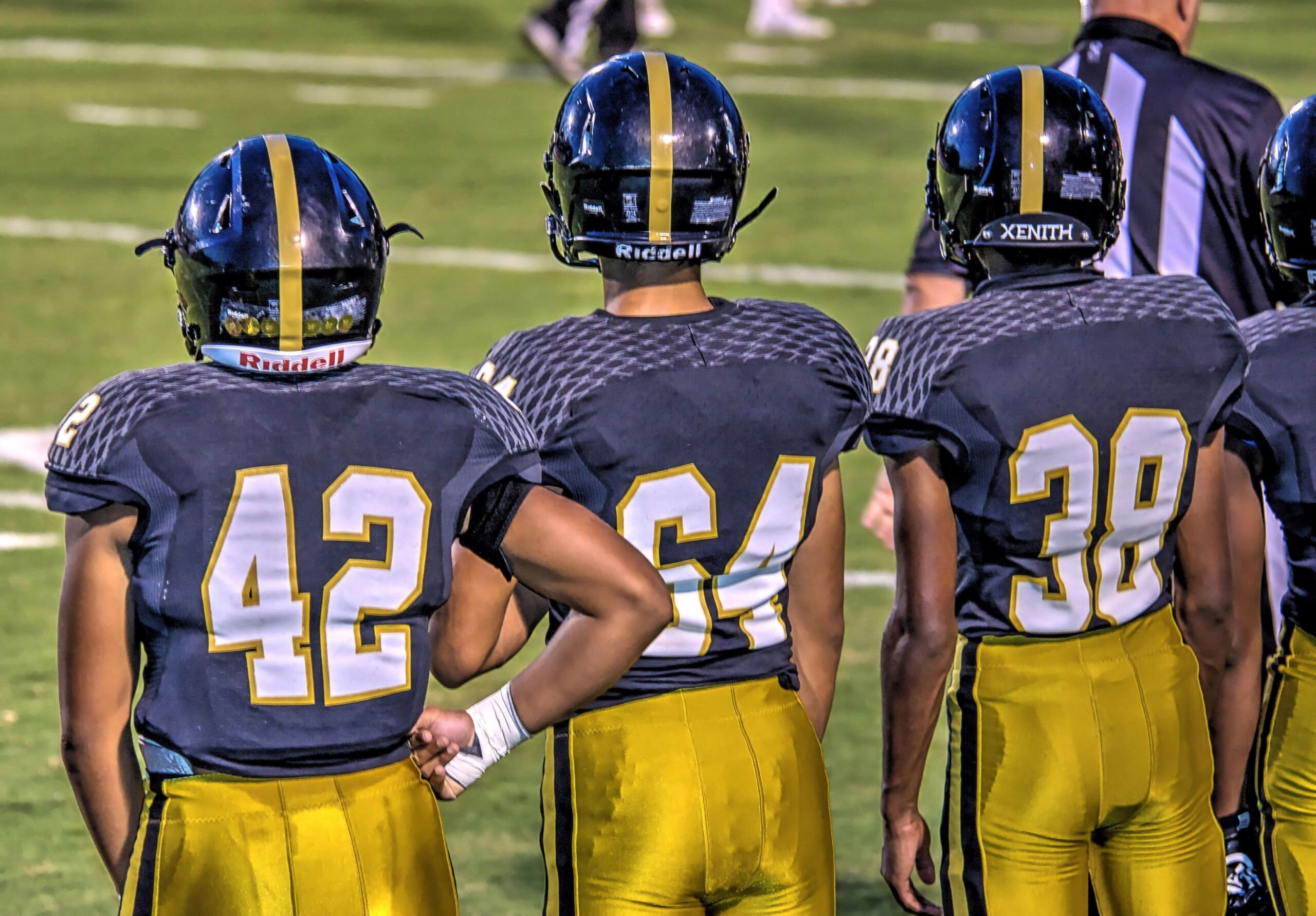What Happens When Controversy Meets Viral Fame? The Reactions You Can’t Miss
In today’s digital age, a single tweet can spark a wildfire of controversy, while a viral video can catapult someone from obscurity to fame overnight. It’s a fascinating phenomenon, isn’t it? The intersection of controversy and viral fame creates a unique landscape, one filled with wild reactions, heated debates, and sometimes even genuine change. But what exactly happens when these two forces collide? And why do we, as a society, seem to be drawn to the chaos? Buckle up, because we’re about to dive deep into the reactions you can’t miss.
The Anatomy of Viral Controversy
To truly understand this topic, we need to dissect what makes a controversy go viral. It often starts with a provocative statement or an unexpected action. Take, for example, the infamous moment when a well-known athlete posted a seemingly innocuous tweet about their political beliefs. The backlash was swift and fierce, transforming a personal opinion into a full-blown news cycle. I remember scrolling through my feed, astonished at how quickly the comments turned from supportive to downright hostile.
Here are a few elements that typically contribute to a viral controversial event:
- Relatability: People often react to controversies that resonate with their own beliefs or experiences. A statement that sparks outrage might echo a sentiment that a large group holds, thus amplifying the reaction.
- Timing: If the controversy aligns with current events or social movements, its impact is magnified. Think of how certain sporting events can serve as a backdrop for political statements – the timing can turn a simple act into a historical moment.
- Influencer Amplification: When celebrities or social media influencers weigh in, the stakes rise. Their platforms can turn local controversies into global conversations, leading to a snowball effect.
It’s almost as if the universe conspires to ensure that a small spark can ignite a raging inferno. And trust me, I’ve seen some pretty remarkable transformations unfold in real-time.
Public Reactions: The Good, The Bad, and The Ugly
Once a controversy goes viral, the reactions pour in, a mix of support, disbelief, and outright condemnation. You can almost hear the collective gasps and cheers from the online audience. But why do we react the way we do? Psychologists suggest that our emotional responses are often driven by our identities. When we see something that goes against our values, we tend to react defensively. Conversely, we rally behind what we feel validates our beliefs. It’s a fascinating psychological dance.
For example, during the 2020 Black Lives Matter protests, numerous athletes took to social media to express solidarity. Reactions varied widely—from passionate support to vehement backlash. Some fans even vowed to boycott teams or athletes who spoke out. It struck me that in moments like these, the reactions can be as polarizing as the events themselves.
Social Media: The Double-Edged Sword
Social media is the playground where these controversies unfold. On one hand, it offers a platform for marginalized voices and important discussions. On the other, it can devolve into a battleground of opinions, insults, and misinformation. Anonymity often fuels outrage, allowing individuals to express their thoughts without the fear of real-world repercussions. It’s a double-edged sword we wield with reckless abandon.
Let’s take a look at a few notable examples:
The “Cancel Culture” Debate
Ah, cancel culture—a term that elicits strong reactions from all sides. Some argue that it’s a necessary tool for holding people accountable, while others view it as a form of social censorship. When a celebrity is “canceled,” the backlash can be swift and severe. Consider the case of a popular comedian who made an off-color joke during a live show. It led to immediate outcry, followed by a social media frenzy where fans took to Twitter, outraged by his insensitivity. The result? A wave of support for canceling him, juxtaposed with a fierce defense from his loyal followers.
Memes: The Language of the Internet
Memes have become the modern-day equivalent of political cartoons, providing a humorous lens through which we can digest controversy. They can either support or ridicule the subject of the controversy. I recall one instance where a political figure’s awkward moment was quickly transformed into a meme, spreading like wildfire and softening the edges of what could have been a damaging scandal. Suddenly, the outrage turned into laughter, showing how humor can diffuse tension.
The Media’s Role: Amplifiers or Moderators?
Media outlets play a pivotal role in shaping the narrative surrounding viral controversies. They can either amplify the outrage or provide a more measured perspective. It’s a delicate balance—too much sensationalism can lead to misinformation, while too little coverage can leave important conversations unheard.
For instance, during the 2016 election cycle, certain media outlets were criticized for their coverage of candidates’ controversies. The relentless focus on scandals overshadowed substantive policy discussions. It struck me as a missed opportunity for meaningful dialogue. Instead of delving into the intricacies of policy, audiences were often left to sift through sensational headlines.
Case Studies: When Controversy and Viral Fame Collide
Let’s examine a few cases where controversy and viral fame intertwined, leading to remarkable, and sometimes unexpected, reactions.
Colin Kaepernick: A Stand for Justice
Colin Kaepernick’s decision to kneel during the national anthem in 2016 sparked an unprecedented wave of controversy. Initially met with intense backlash, he quickly became a symbol of protest against racial injustice. Social media exploded with reactions, ranging from praise to condemnation. Supporters hailed him as a hero, while detractors accused him of disrespecting the flag. What was remarkable, however, was how this simple act of defiance evolved into something much larger—a movement.
As Kaepernick’s actions went viral, they ignited conversations about systemic racism and police brutality. His fame transformed into a platform for activism, leading to several initiatives and collaborations aimed at fostering social change. It’s a prime example of how controversy can be harnessed into something meaningful, albeit amidst a cacophony of reactions.
Logan Paul: From YouTube Star to Scandal
Then there’s Logan Paul, a name that became synonymous with controversy. His infamous video filmed in Japan’s Aokigahara forest, notorious for being a site of suicides, sent shockwaves across the internet. The backlash was instantaneous and severe, leading to widespread condemnation and a temporary loss of sponsorships. It struck me that this was a moment where a creator’s quest for viral fame collided head-on with ethical boundaries.
Yet, in the aftermath, Paul used the controversy as a springboard for his redemption arc. He released an apology video, pledged to raise awareness for mental health, and sought to rebuild his image. The reactions were mixed—some applauded his efforts, while others remained skeptical. What’s intriguing is how, in the quest for viral fame, lessons learned can sometimes lead to unexpected growth.
Consequences and Accountability
As we navigate through the turbulent waters of controversy and viral fame, it’s essential to examine the consequences that come with it. Accountability is a buzzword that often surfaces in these discussions. But what does it truly mean in the context of social media and celebrity culture?
When someone’s actions lead to viral outrage, the ripple effects can be profound. For instance, companies may distance themselves from controversial figures, leading to financial repercussions. Similarly, individuals may face social ostracization or, conversely, become rallying points for movements. It’s a complex web of reactions that can either lead to reform or entrenchment of divisive opinions.
Lessons Learned: What Can We Take Away?
So, what can we learn from these viral controversies? First and foremost, the power of our voices—whether in support or opposition—cannot be underestimated. Each reaction contributes to the larger narrative, shaping public opinion and influencing change. Additionally, there’s a lesson in empathy. Understanding different perspectives can foster more productive conversations, even amid disagreements.
Moreover, it’s crucial to approach these controversies with a critical eye. Not everything that goes viral deserves our outrage. Sometimes, the initial reaction can be fueled by misinformation or misinterpretation. Taking a step back to evaluate the facts can lead to more informed discussions and a deeper understanding of the issues at hand.
The Future of Controversy and Viral Fame
As we look ahead, the landscape of controversy and viral fame will undoubtedly continue to evolve. With the rise of new platforms and changing societal norms, we can expect even more dramatic intersections. But one thing remains clear: our reactions, whether constructive or destructive, will shape the discourse in ways we may not fully comprehend.
In conclusion, the meeting of controversy and viral fame is a fascinating exploration of human nature, media dynamics, and the power of social discourse. The reactions we can’t miss aren’t just about outrage or applause; they reflect a larger conversation about values, beliefs, and the impact of our collective voices. So as we navigate this wild terrain, let’s remember to engage thoughtfully—and maybe even chuckle a little—at the absurdity of it all.
After all, the world of sports and celebrity is a circus, and we’re all just spectators vying for the best seat in the house. And who knows? Maybe the next viral moment will teach us something we never expected to learn.




